What is the best time to visit Jaisalmer Fort for perfect weather and photos?
Planning your trip to India’s Golden City? The best time to visit Jaisalmer Fort can make or break your experience. This magnificent sandstone fortress sits in Rajasthan’s Thar Desert, where temperatures swing dramatically between seasons. You’ll want perfect weather for exploring the ancient ramparts and capturing stunning photos of this UNESCO World Heritage Site.
Jaisalmer Fort, also called Sonar Quila, rises 250 feet above the desert landscape. Your timing determines whether you’ll enjoy comfortable exploration or swelter in 120°F heat. The fort’s honey-colored walls glow differently throughout the year, affecting your photography opportunities.
This guide reveals exactly when you should visit for ideal conditions. You’ll discover the sweet spot between weather, crowds, and budget. Whether you’re chasing perfect sunset shots or avoiding tourist rushes, you’ll find actionable timing strategies here.
Why Timing Matters When Visiting Jaisalmer Fort
Your visit timing affects every aspect of your Jaisalmer Fort experience. The desert climate creates extreme conditions that directly impact your comfort and photography results.
Weather Impact on Your Experience
Desert weather shapes your entire visit. Summer temperatures reach 48°C (118°F), making outdoor exploration dangerous. You’ll struggle to walk the fort’s open courtyards when the sun beats down mercilessly.
Winter brings comfortable 10-24°C (50-75°F) temperatures. You can explore for hours without heat exhaustion. The pleasant weather lets you fully appreciate the fort’s intricate Jain temples and merchants’ havelis.
Monsoon season (July-September) adds minimal rainfall. The fort receives just 6-10 inches annually. However, humidity increases discomfort levels during these months.
Photography Opportunities Throughout the Year
Light quality changes dramatically with seasons. Winter’s crisp air creates sharp, clear images. The low sun angle during December and January produces dramatic shadows across the fort’s carved facades.
Summer’s harsh midday light washes out details. You’ll need to shoot only during early morning or late evening. Dust storms during April and May can ruin visibility for days.
Monsoon clouds add dramatic sky elements. The occasional rain cleans the air, creating exceptional clarity. Post-monsoon months offer the clearest atmospheric conditions for long-distance shots across the desert.
The Best Time to Visit Jaisalmer Fort: October to March
The best time to visit Jaisalmer Fort spans six months from October through March. This window offers comfortable temperatures and excellent photography conditions. You’ll avoid the scorching summer heat while enjoying clear desert skies.

October to November: Post-Monsoon Magic
October marks the beginning of tourist season. Temperatures drop to 25-35°C (77-95°F), making exploration manageable. The monsoon rains have settled the desert dust, creating crystal-clear visibility.
You’ll find fewer crowds in October compared to peak winter months. Hotel prices remain reasonable. The fort’s sandstone walls glow brilliantly against the clean blue sky.
November brings perfect conditions. Daytime temperatures hover around 28°C (82°F). Evenings turn pleasantly cool. This month offers the ideal balance between weather and crowd levels.
December to February: Peak Winter Season
December through February represents the prime visiting season. Temperatures range from 10-24°C (50-75°F). You’ll need light jackets for early mornings and evenings.
This period attracts maximum tourists. The fort becomes crowded, especially around the Desert Festival in February. However, the weather justifies the crowds. You can explore comfortably from sunrise to sunset.
January offers the coolest temperatures. Morning temperatures drop to 8-10°C (46-50°F). The crisp air creates spectacular photography conditions. The fort’s intricate carvings stand out sharply in the clear winter light.
March: Spring Transitions
March serves as a transition month. Early March still offers pleasant conditions with temperatures around 25-32°C (77-90°F). Tourist crowds thin out as peak season ends.
By late March, summer heat begins creeping in. Temperatures climb toward 35°C (95°F). You’ll want to complete fort exploration before noon. Hotel rates drop significantly compared to the winter months.
This shoulder season provides good value. You’ll experience decent weather without peak-season prices. March works well if you prioritize budget over perfect conditions.
Month-by-Month Weather Guide for Jaisalmer Fort
Understanding monthly weather patterns helps you plan effectively. Here’s a detailed breakdown of what to expect throughout the year.
Winter Months (November-February)
November:
- Temperature: 12-28°C (54-82°F)
- Rainfall: Minimal
- Humidity: Low (30-40%)
- Crowd Level: Moderate
December:
- Temperature: 8-24°C (46-75°F)
- Rainfall: None
- Humidity: Low (25-35%)
- Crowd Level: High
January:
- Temperature: 7-22°C (45-72°F)
- Rainfall: Trace amounts
- Humidity: Low (20-30%)
- Crowd Level: Very High
February:
- Temperature: 10-26°C (50-79°F)
- Rainfall: Minimal
- Humidity: Low (25-35%)
- Crowd Level: Peak (Desert Festival)
Summer Months (April-June)
April:
- Temperature: 22-38°C (72-100°F)
- Conditions: Heat is building rapidly
- Recommendation: Visit only if necessary
May:
- Temperature: 26-42°C (79-108°F)
- Conditions: Extreme heat, dust storms
- Recommendation: Avoid
June:
- Temperature: 28-42°C (82-108°F)
- Conditions: Peak heat, pre-monsoon humidity
- Recommendation: Not recommended
Monsoon Season (July-September)
July-August:
- Temperature: 26-36°C (79-97°F)
- Rainfall: Light and sporadic
- Humidity: High (60-70%)
- Conditions: Hot and humid
September:
- Temperature: 24-35°C (75-95°F)
- Rainfall: Decreasing
- Conditions: Still warm, improving
- Recommendation: Wait until October

Best Times of Day for Photography at Jaisalmer Fort
Time of day dramatically affects your Jaisalmer Fort photography. The fort’s golden sandstone responds beautifully to different light conditions.
Sunrise Photography Tips
Sunrise offers magical lighting. Arrive at the fort by 6:00 AM during the winter months. The fort glows warm orange as the sun rises over the Thar Desert.
The eastern ramparts catch first light. You’ll capture the fort emerging from blue-hour shadows. Few tourists arrive this early, giving you clean shots without crowds.
Best sunrise spots include:
- Sunset Point (despite the name, it’s excellent for sunrise too)
- The fort’s eastern bastions
- Rooftop restaurants with eastern views
- Streets below the fort looking up
Golden Hour Magic
Golden hour occurs twice daily. In winter, this happens around 6:30-7:30 AM and 5:30-6:30 PM. The low-angle sun creates warm, dimensional light across the fort’s carved facades.
Evening golden hour attracts more photographers. The entire fort complex glows honey-gold. You’ll capture the iconic golden hue that gives the fort its “Sonar Quila” nickname.
Position yourself at these locations:
- Vyas Chhatri (cenotaphs) for elevated fort views
- Gadisar Lake for water reflections
- Inside the fort looking outward at the city
- Desert dunes outside the city walls
Night Photography Opportunities
Jaisalmer Fort lights up after dark. The illuminated fort creates dramatic nighttime compositions. Long exposures capture the glowing structure against star-filled desert skies.
Best night photography times fall between 7:00 PM and 9:00 PM when artificial lighting balances with remaining twilight. Bring a sturdy tripod for sharp long exposures.
The fort’s illumination highlights architectural details. You’ll photograph the fort from Gadisar Lake for stunning reflections. The Milky Way becomes visible during new moon phases in winter months.
Festival Season: Cultural Experiences at Their Peak
Festivals transform Jaisalmer Fort into a cultural spectacle. Planning your visit around major celebrations adds vibrant experiences to your trip.
Desert Festival in February
The Desert Festival represents the best time to visit Jaisalmer Fort for cultural immersion. This three-day event happens annually in February (dates vary based on the lunar calendar).
The festival showcases Rajasthani culture:
- Traditional music and dance performances
- Camel races and competitions
- Turban-tying contests
- Folk puppet shows
- Craft exhibitions inside the fort
The fort becomes a stage for performers. Colorful turbans and traditional costumes fill the ramparts. You’ll photograph authentic cultural moments impossible to capture otherwise.
However, expect massive crowds. Hotel prices triple during festival dates. Book accommodations 3-4 months ahead. The cultural experience justifies the premium if you prioritize authentic Rajasthani traditions.

Diwali Celebrations
Diwali (October or November) illuminates Jaisalmer Fort spectacularly. The festival of lights transforms the fort into a glowing beacon. Every haveli and temple inside lights oil lamps.
The fort’s honey-colored walls reflect thousands of diyas (lamps). You’ll experience genuine local celebrations rather than tourist-focused events. Families welcome visitors to join festivities.
Diwali timing varies annually based on the lunar calendar. Check specific dates when planning. The celebration typically happens during the ideal weather window, combining perfect conditions with cultural richness.
Avoiding Crowds: Strategic Timing for Your Visit
Managing crowds enhances your Jaisalmer Fort experience. Strategic timing lets you explore peacefully even during peak season.
Time your entry carefully. Most tour groups arrive between 10:00 AM and 2:00 PM. Visit the fort at sunrise (6:30 AM) or late afternoon (4:00 PM onward). You’ll photograph empty courtyards and temples.
Weekdays beat weekends. Tuesday through Thursday see fewer domestic tourists. Indian holidays bring massive crowds. Avoid visiting during:
- Republic Day (January 26)
- Independence Day (August 15)
- Long holiday weekends
- School vacation periods (May-June)
October and early November offer sweet spots. The weather improves, but peak season hasn’t started. You’ll get 70% less crowded than January without sacrificing comfort.
Stay inside the fort. Several heritage hotels operate within the fort walls. You’ll explore after day-trippers leave. Early morning and evening fort walks become private experiences.
The fort’s living quarters status means residents conduct daily life. Mornings see locals going about their routines. You’ll capture authentic moments unavailable when tourist groups dominate.
What to Pack Based on When You Visit
Your packing list changes dramatically based on visit timing. Here’s what you’ll need for different seasons.
Winter Visits (November-February):
- Layered clothing for temperature swings
- Light jacket or sweater for evenings
- Comfortable walking shoes
- Sunscreen (desert sun remains strong)
- Sunglasses and a hat
- Camera gear for golden hour shots
- Power bank (cold drains batteries faster)
Shoulder Season (October, March):
- Breathable cotton clothing
- Light layers for variable temperatures
- Wide-brimmed hat for sun protection
- Reusable water bottle
- Lightweight scarf (cultural sites require covered shoulders)
Photography Essentials Year-Round:
- Wide-angle lens for architecture
- Polarizing filter for intense desert light
- Tripod for low-light fort interiors
- Extra memory cards and batteries
- Lens cleaning kit (desert dust)
Cultural Considerations:
- Modest clothing (covered knees and shoulders)
- Removable shoes (temples require barefoot entry)
- Small bag for shoe storage while exploring temples
Avoid bringing excessive luggage. Fort hotels have narrow staircases. You’ll navigate tight alleyways where wheeled suitcases struggle.
Budget Considerations: Peak vs Off-Season
Timing dramatically affects your travel budget. Understanding price variations helps you maximize value.
| Season | Hotel Rates | Flight Costs | Overall Budget Impact |
|---|---|---|---|
| Peak (Dec-Feb) | $80-200/night | High | +150% above baseline |
| Shoulder (Oct-Nov, Mar) | $40-100/night | Moderate | +50% above baseline |
| Off-Season (Apr-Sep) | $20-60/night | Low | Baseline pricing |
Peak season premiums: December through February brings 2-3x higher rates. Heritage hotels inside the fort charge premium prices. Desert safari rates increase 50-70%. You’ll pay more for everything from meals to guides.
Shoulder season value: October, November, and March offer 40-60% savings compared to peak winter. The weather remains acceptable in early March and post-monsoon October. You’ll get better deals while enjoying decent conditions.
Off-season bargains: April through September bring rock-bottom prices. Hotels offer 70% discounts to attract visitors. However, you’ll suffer through extreme heat or humidity. The savings rarely justify the discomfort.
Festival surcharges: Desert Festival dates (February) bring special premiums. Hotels implement minimum night stays. Book 4-6 months ahead or expect no availability.

Budget strategies:
- Book accommodations 60-90 days ahead for better rates
- Visit in early November for optimal price-to-weather ratio
- Stay outside the fort for 30-40% savings
- Negotiate desert safari prices (always negotiable)
- Eat at local restaurants away from tourist zones
The best time to visit Jaisalmer Fort for budget travelers is in October or early November. You’ll balance reasonable prices with comfortable weather.
Conclusion and Call to Action
The best time to visit Jaisalmer Fort is between October and March. This six-month window delivers comfortable temperatures, excellent photography conditions, and memorable experiences. November through February represents peak season for good reason—you’ll enjoy ideal weather despite larger crowds.
Your perfect timing depends on priorities. Choose January for the best weather and photography. Pick November for fewer crowds with great conditions. Select February if cultural festivals matter most. Avoid April through September when extreme heat and humidity diminish the experience.
Plan your fort visit around golden hour for stunning photos. The honey-colored sandstone glows magnificently during early morning and late evening light. Book heritage hotels inside the fort walls for unique overnight experiences.
Start planning your Jaisalmer Fort adventure today. Check flight prices for your chosen travel dates. Reserve accommodations 60-90 days ahead for better rates. The Golden Fort awaits your discovery during the perfect season.

Frequently Asked Questions
Q: What is the absolute best month to visit Jaisalmer Fort? A: January offers the best overall conditions. You’ll experience ideal weather (8-24°C), crystal-clear skies, and perfect photography light. However, crowds peak during this month. November provides the best balance between weather and crowd levels.
Q: Can I visit Jaisalmer Fort during the summer months? A: Technically yes, but it’s not recommended. May and June temperatures exceed 42°C (108°F). Heat exhaustion becomes dangerous. If you must visit in summer, explore only during early morning (before 9 AM) and late evening (after 6 PM).
Q: How much time should I spend at Jaisalmer Fort? A: Allocate 3-4 hours minimum for a thorough exploration. Photography enthusiasts should plan for sunrise and sunset visits on different days. Consider staying overnight in a heritage hotel inside the fort for the complete experience.
Q: Is the monsoon season a good time to visit? A: Not ideal. While Jaisalmer receives minimal rain, July-September brings high humidity (60-70%) and persistent heat. Post-monsoon October offers better conditions with cleaner air and comfortable temperatures.
Q: What’s the best time for photography at the fort? A: Winter months (November-February) provide optimal photography conditions. Golden hour (6:30-7:30 AM and 5:30-6:30 PM) produces stunning light. Sunrise offers the most dramatic lighting with fewer crowds.
Q: Should I avoid visiting during the Desert Festival? A: Only avoid if you dislike crowds and higher prices. The Desert Festival in February offers incredible cultural experiences. You’ll witness authentic Rajasthani traditions. Book accommodations 3-4 months ahead if visiting during the festival.
Q: What temperature should I expect in December? A: December temperatures range from 8-24°C (46-75°F). Mornings and evenings feel chilly. Daytime remains comfortable for exploration. Bring layered clothing for temperature fluctuations.
Q: How crowded does the fort get during peak season? A: January and February bring heavy crowds, especially around the Desert Festival. Tour groups dominate 10 AM-2 PM. Visit at sunrise or late afternoon for fewer people. Weekdays are less crowded than weekends
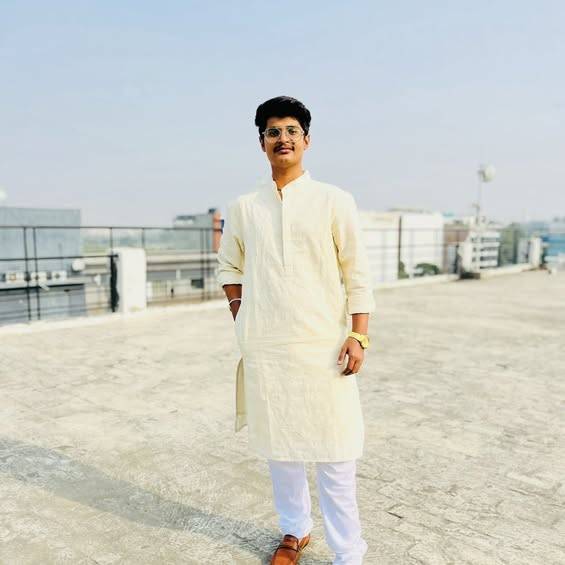
Hi, I am Raghav Ahuja a curious explorer, travel enthusiast, and the voice behind Travel The World Today. I believe in discovering the beauty of every destination without breaking the bank. Through my journeys, I share tips, stories, and travel guides to help you explore the world on a budget. Whether you’re a solo adventurer, a family traveler, or just planning your next escape, I’m here to inspire and guide you every step of the way.
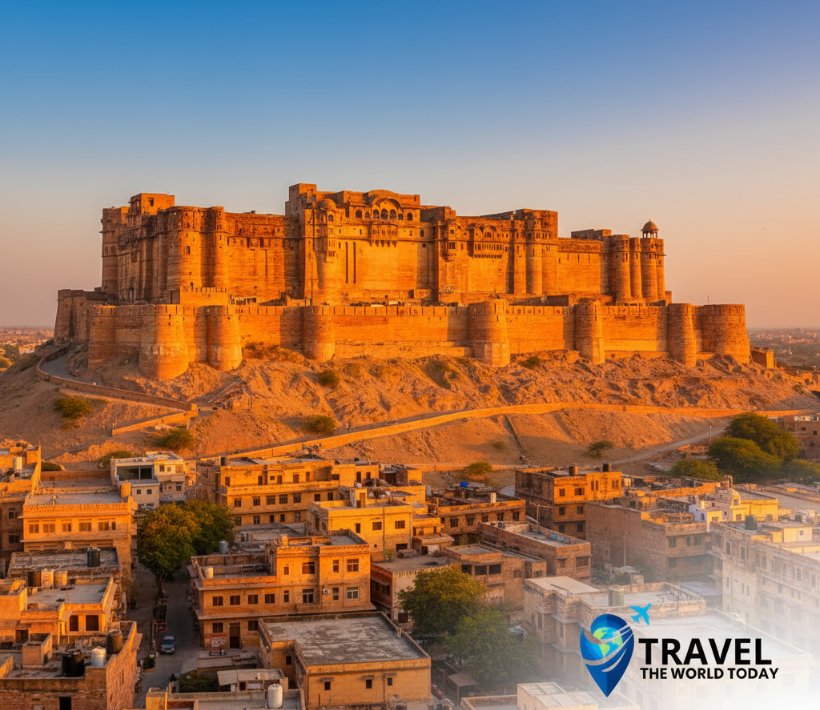
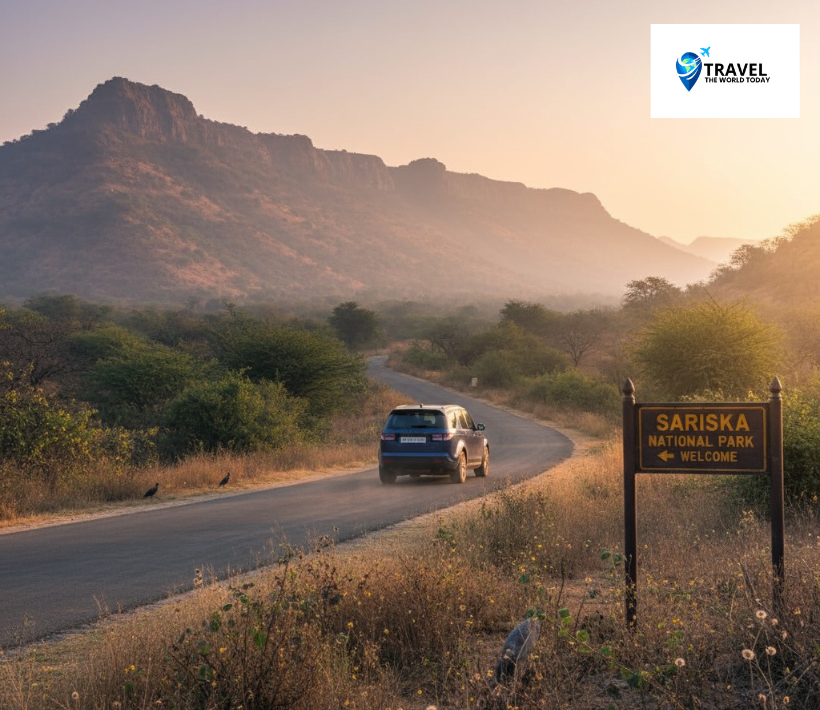
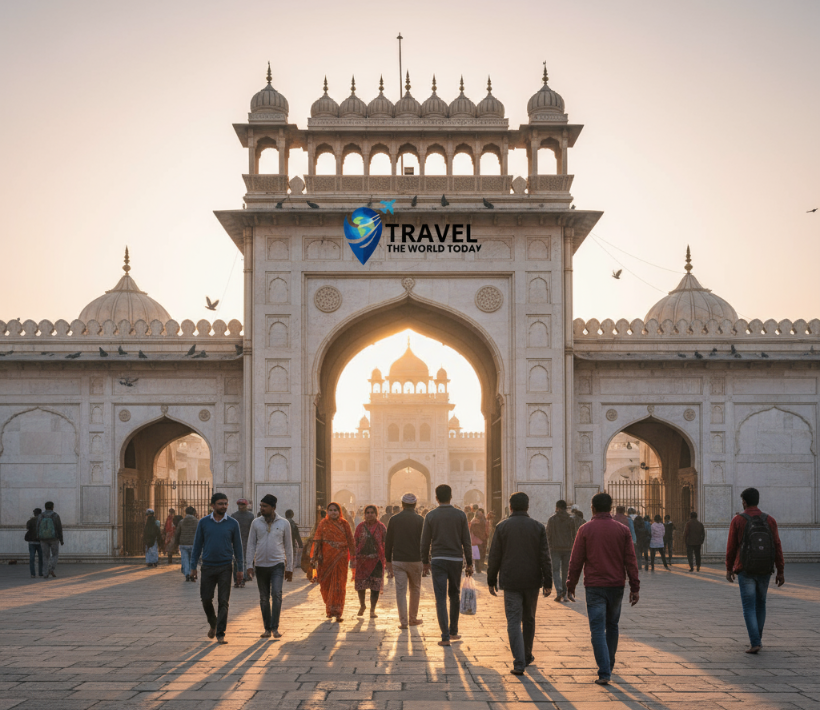

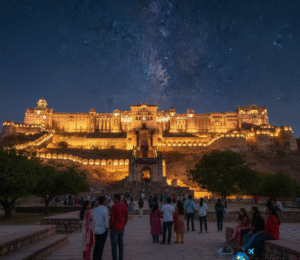
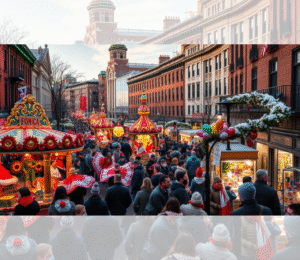
Post Comment